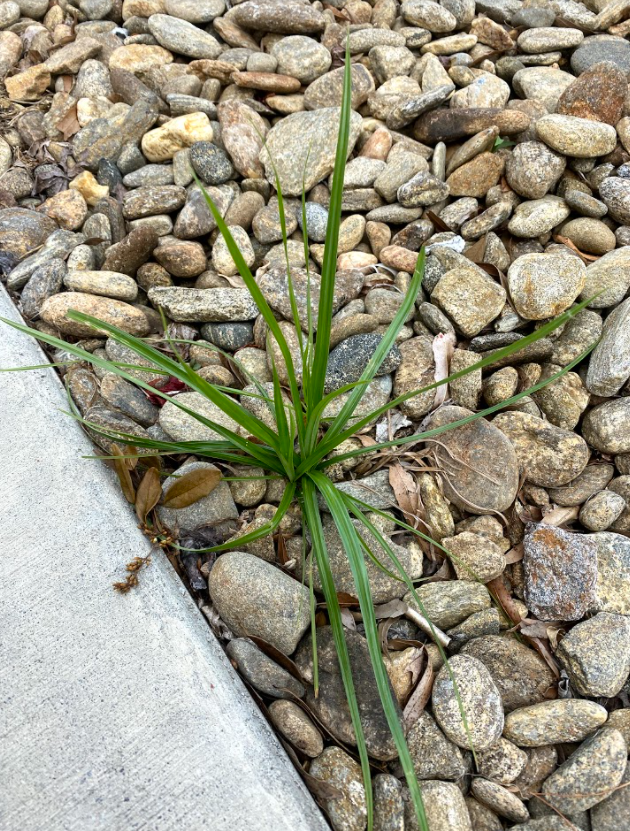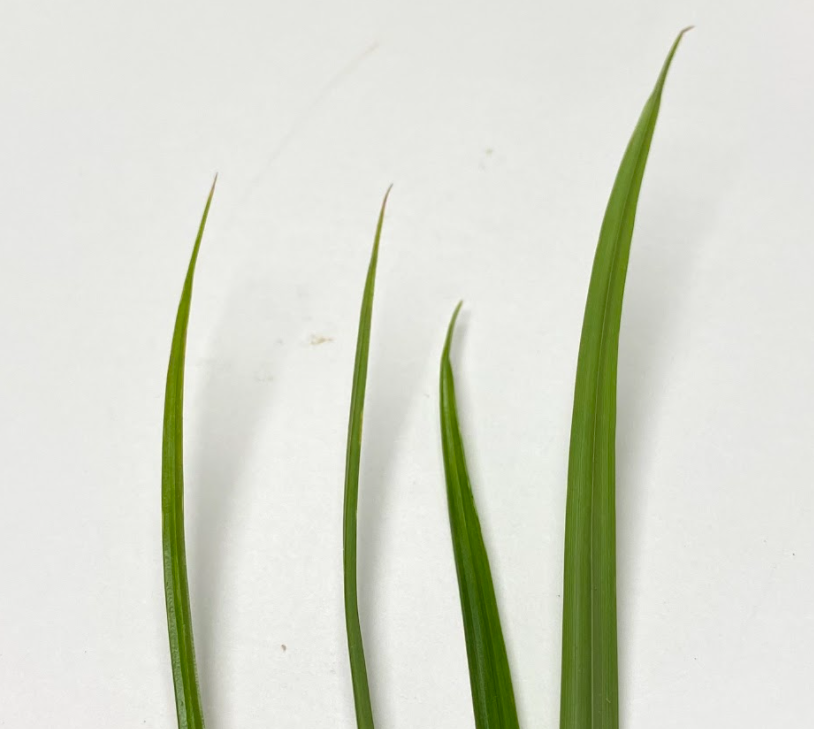Weed of the Week
go.ncsu.edu/readext?796544
en Español / em Português
El inglés es el idioma de control de esta página. En la medida en que haya algún conflicto entre la traducción al inglés y la traducción, el inglés prevalece.
Al hacer clic en el enlace de traducción se activa un servicio de traducción gratuito para convertir la página al español. Al igual que con cualquier traducción por Internet, la conversión no es sensible al contexto y puede que no traduzca el texto en su significado original. NC State Extension no garantiza la exactitud del texto traducido. Por favor, tenga en cuenta que algunas aplicaciones y/o servicios pueden no funcionar como se espera cuando se traducen.
Português
Inglês é o idioma de controle desta página. Na medida que haja algum conflito entre o texto original em Inglês e a tradução, o Inglês prevalece.
Ao clicar no link de tradução, um serviço gratuito de tradução será ativado para converter a página para o Português. Como em qualquer tradução pela internet, a conversão não é sensivel ao contexto e pode não ocorrer a tradução para o significado orginal. O serviço de Extensão da Carolina do Norte (NC State Extension) não garante a exatidão do texto traduzido. Por favor, observe que algumas funções ou serviços podem não funcionar como esperado após a tradução.
English
English is the controlling language of this page. To the extent there is any conflict between the English text and the translation, English controls.
Clicking on the translation link activates a free translation service to convert the page to Spanish. As with any Internet translation, the conversion is not context-sensitive and may not translate the text to its original meaning. NC State Extension does not guarantee the accuracy of the translated text. Please note that some applications and/or services may not function as expected when translated.
Collapse ▲This week’s weed is yellow nutsedge (Cyperus esculentus). Yellow nutsedge is a perennial weed that can spread quickly into the turf and surrounding beds. This grassy weed is actually in the sedge family (remember: sedges have edges!). As you can see, the leaves of this weed are a darkish lime color and look folded. It has a very deep midrib that juts out in the back creating a permanent crease. Each leaf is layered around the leaves in front of them creating a whorled arrangement. The tips of the leaves taper down to a very narrow point, allowing them to easily puncture through landscape fabric and plastic. Another key ID feature is that yellow nutsedge produces tan tubers (spherical appendages used for food storage) on the ends of roots/rhizomes. When yellow nutsedge is not controlled, it will produce a seed head that is golden brown in color. It will also produce additional tubers in late June and July that will make it more difficult to get rid of later.
Control methods include a granular pre-emergent like (Freehand) applied to dry foliage, in early spring, and watered in. Spray pre-emergents include (Echelon) and (Tenacity). Postemergence controls include (Basagran) and (Sedgehammer), or careful spot treatments with glyphosate (Roundup) or glufosinate (Finale).
Always remember that when using chemicals, please be sure to read and follow all labels and instructions! If you need any help or have questions about how/when to apply, or which chemicals you can use and where, just call our office! We will be happy to help!






